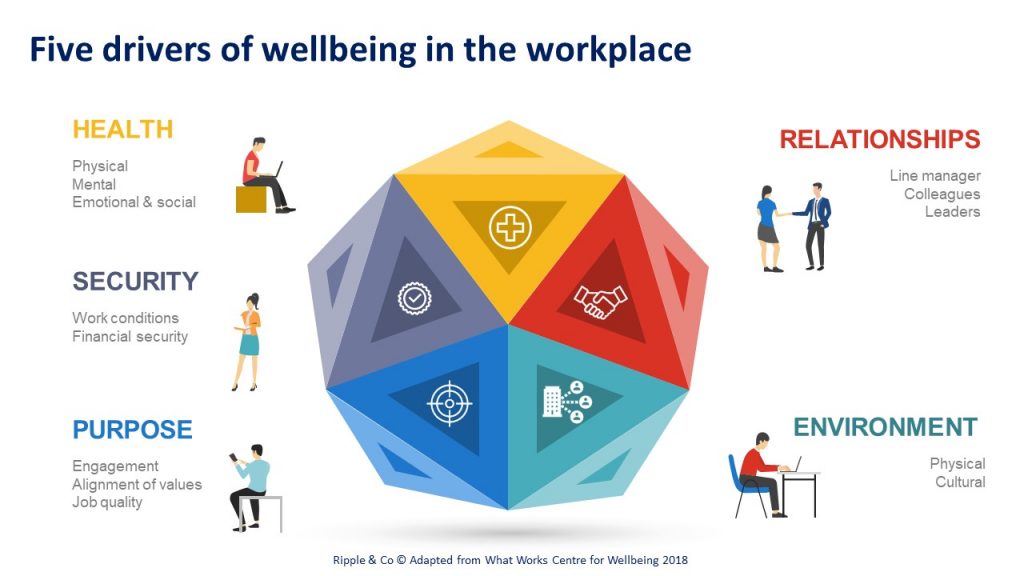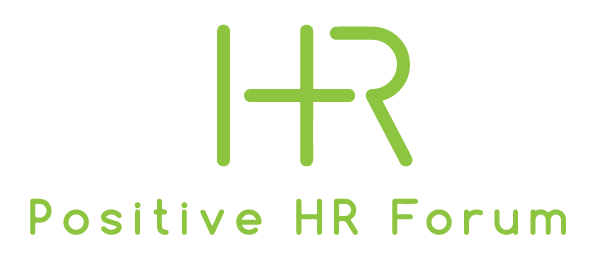20 Sep Change and wellbeing
You don’t need to be a change expert to believe in the old adage, change is the only constant, nor do you need to be a change expert to know the impacts it can have. In both our personal life and our work life, change ever present, creating a roller coaster of uncertainty. As a wellbeing specialist, I’m interested in the consequence of this uncertainty, how it affects our emotions and our wellbeing.
Change in the business environment
Change management has drawn huge amounts of attention – umpteen number of books and papers have been written about it. It’s even an industry in its own right. In fact 12,700 people (from a quick LinkedIn search) work in change management. So why then do so many change programmes fail? Well, there’s a whole host of reasons put forward and suggested by the Harvard Business Review and Cranfield School of Management, and they can be categorised into 4 areas:
- Unclear objectives / ill-defined scope
- Poor leadership / inappropriate team / inadequate training
- Poor or no planning / unrealistic timescales / ineffective controls
- Poor communications / lack of stakeholder consultation
But I believe it’s the human factors that are the difference between success or failture.
As humans we often see change as a barrier to be overcome, rather than as an enabler of change for good or perhaps about dealing with a problem, rather than realising an opportunity.
McKinsey suggest that there are four basic conditions that are necessary before employees will change:
- a compelling story, because employees must see the point of the change and agree with it;
- role modelling, because they must also see the CEO and colleagues, they admire behaving in the new way;
- reinforcing mechanisms, because systems, processes, and incentives must be in line with the new behaviour;
- capability building because employees must have the skills required to make the desired changes.
Let’s focus down on 2 of those – the more human aspects of change.
First the compelling story
It’s key to remember that what motivates you may not motivate most of your employees and so it’s important to write a story that speaks to the impact that they are most concerned with. Apparently what motivates employees in their work can be equally split into
- impact on society
- impact on the customer
- impact on the company and its shareholders
- impact on the working team
- and of course impact on “me” personally
Craft a story that covers all five and you can unleash huge amounts of energy that would otherwise remain latent in the organisation.
Better still, let them write their own story …because they will anyway. As humans we’re hard-wired to fill any voids in communication with negativity as this prepares us for the worst case scenario and ensures we’re ready to respond and ultimately, survive. But if we communicate fully and, even better, co-create the story with our employees then we gain enegagement and employees feel a real ownership in the change programme.
A compelling story has both negative and positive energy. A “deficit based” approach, which identifies the problem, analyses how to fix it, plans and then takes action is the traditional change model. However, research tells us that a story focused on the negativity creates a sense of blame and resistance, and certainly does nothing to to engage people. Conversely the more recently developed “constructionist based” approach to change is based on discovery, dreaming (creating a vision), designing, and destiny. But this approach places an overemphasis on the positive which can lead to watered down aspirations and impact, and therefore a change story that can encapsulate both approaches is more likely to succeed.
Secondly, role modelling.
Leaders often don’t count themselves amongst those who need to change. They are the ones who lead it. In fact the default mode for many leaders is to think they are better than they are—something referred to as a self-serving bias – and therefore they are ‘above’ the change. This leads to a lack of role modelling, potentially a sense of them and us and ultimately a lack of authenticity. It also creates feeliungs of injustice, especially if they feel that either the process or the outcome is unfair; the idea that it is happening to them and not everyone.
For many Covid brought some of the biggest changes in both their personal life and working life. For example, in 2019 only 30% of UK employees had ever worked from home (Office for National Statistics) and as lockdown came in this increased to 60%. 9.3 million UK workers were furloughed and jobs continue to be disrupted as unemployment is expected to continue to rise and forecasted to peak at 7.5%.
Adapting and thriving in this environment is tough for businesses and in particular for employees. For many centuries our world has been largely predictable but now we are forced to work with high levels of uncertainty. Our species have survived and prospered for millennia by learning from the past in order to secure our future. Businesses are expecting the talent within their workplace to not just handle the uncertainty but operate effectively therein.
But we’re asking all of this at a time when wellbeing generally has taken a beating and certainly anxiety is high. Employees now need to have not only the capacity to respond to the unpredictable but also the commitment and the resilience to handle the extra stress that this brings.
Of course we know that poor wellbeing negatively impacts productivity so the critical question is – what can we do to improve wellbeing at work?
There is no better place to start, in my opinion, than the five key drivers of workplace wellbeing.
Each plays an important role in promoting and protecting individual wellbeing. Taking into account the need for a compelling story and role modelling, we can see how these two elements map across to Purpose and Relationships in our 5 key drivers.

PURPOSE is communicated and felt with a compelling story. It describes the reason for change and how it will impact employees. It needs to be believable and they need to see the part they play in the story, and perhaps even write some of the story themselves. Purpose does extend beyond this and in particular to the need for an individual to be able to use and develop their skills in the changed workplace. Employees need to be able to see the contribution they are making to the overall goal and alignment with the vision and values of their organisation.
RELATIONSHIPS with management make up 86% of an employee’s job satisfaction (De Neve 2019). Trusting and believing in management by observing consistent and congruent behaviours in our leaders is a significant contributor to a good relationship. They themselves become predictable and certain. The more leaders can role-model the change and behaviours they seek the better the easier the transition will be.
Again, relationships in the workplace extend much much further. Employees need to feel supported, working in an open culture where they can be their true and whole selves.
So, seeing as change is here to stay it’s perhaps best we learn how to embrace it and thrive within it, rather than view it as the problem, the barrier to overcome.
Whilst many of the impacts of Covid have been devatsting for so many, which can never be underestimated, at the same time it has brought into sharper focus workplace wellbeing and mental health. If this focus precipitates more action then that is a change I look forward to.
Eileen Donnelly is the Founder of Ripple&Co – a wellbeing consultancy.
www.rippleandco.com


